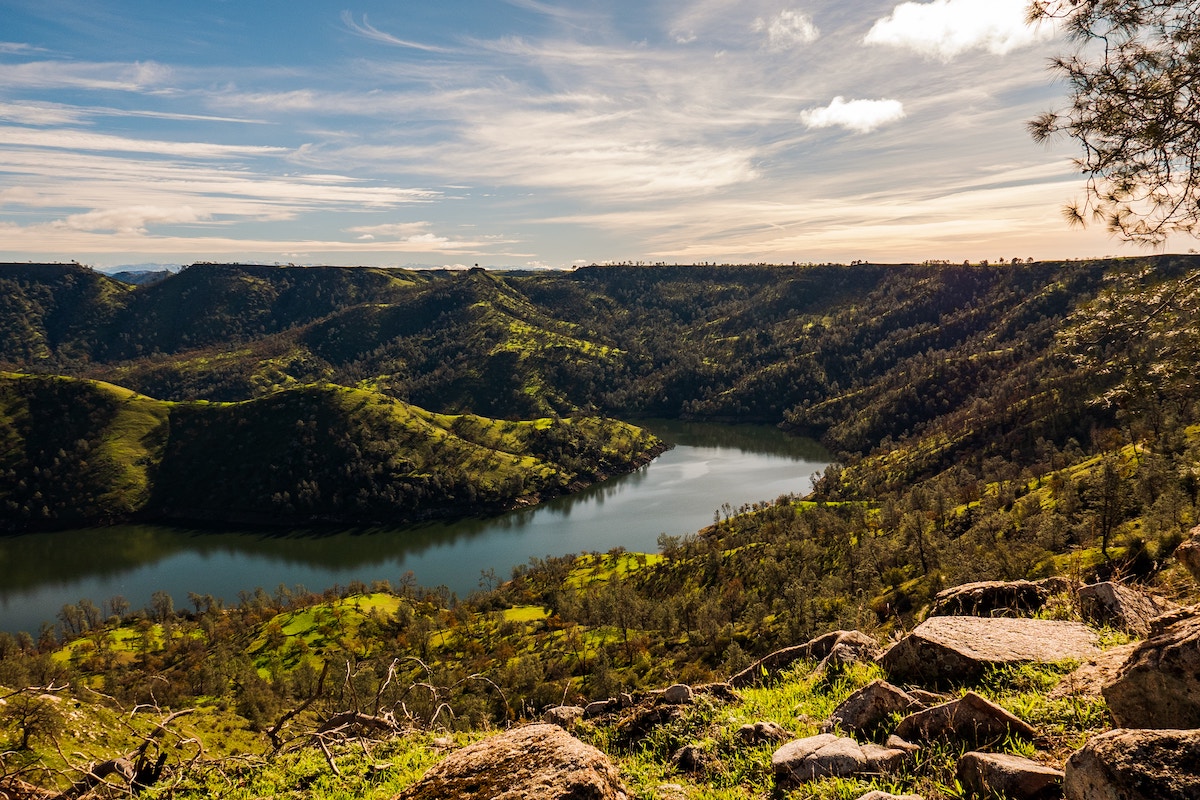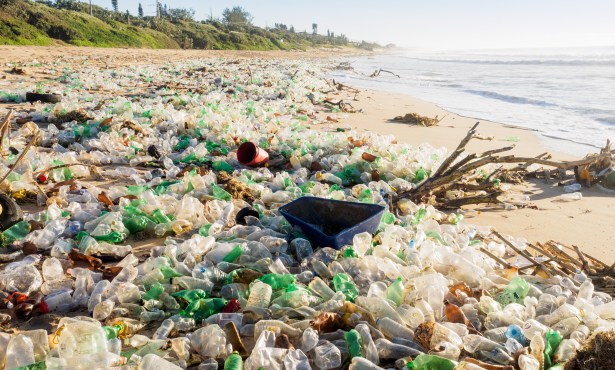Slow Water Movement to Counter Drought and Floods
Following Nature’s Way with Water Leads to Better Outcomes

For approximately a hundred years, our civilization has developed approaches to speed water away. Increasingly frequent and severe floods and droughts lead to higher levees, bigger drains, and longer aqueducts. We are beginning to learn, however, that increasing concrete infrastructure to control water is exacerbating the problem.
Erica Gies’s new book, Water Always Wins, focuses on the slow movement of water, essentially nature’s way, to absorb floods, store water for droughts, and feed natural systems. California is adopting policies and laws to slow water movement in two ways in order to recharge our underground basins.
The first approach directs swollen rivers during periods of heavy precipitation into orchards and fields with permeable soils to slowly seep into aquifers. Since 65-80 percent of the Central Valley has clay soils, selecting only areas with permeable soil is critical for percolation and avoiding harm to crops and trees. California’s Central Valley, and most specifically the San Joaquin Valley, has the most depleted groundwater basins. In some areas, over-pumping and heavy use of groundwater have caused the land to sink by several meters. In 2014, the state legislature enacted the Sustainable Groundwater Management Act (SGMA). It requires farmers to treat aquifers like bank accounts, clamping down on overdrafts but allowing those who deposit water into them to make bigger withdrawals later. There are now actual groundwater banks with formal accounting systems to keep track of balances.
The second approach is to utilize paleo valleys to recharge aquifers. Paleo valleys were gouged out in the Central Valley thousands of years ago by powerful Sierra glaciers. These hidden, mile-wide crevasses several hundred feet deep were subsequently filled with silting sand and gravel and finally topped with recent valley soil. Thus far, only three paleo valleys have been found. The state’s Department of Water Resources is engaged in a three-year survey to find more of them using helicopters pinging the ground with electromagnetic signals to enable geological mapping deep below the surface. The permeability in these valleys is so great that they can absorb 60 times more water than surrounding areas and channel it into aquifers.
To use paleo valleys to store big rains, the land above must be conserved for groundwater recharge and not developed, a challenge in some places because of local jurisdictional control. The ROI from using this natural approach is 2-5 times greater than investing in other water control systems — a strong incentive for leaving them undeveloped. With reduced snowpacks in the Sierras (this year excepted), aquifers need to become the state’s predominant system of water storage. They have the capacity to store 8-12 times more water than all our surface reservoirs.
According to a 2021 study, even with climate change, the state has enough unmanaged surface water from rain and snow to resupply Central Valley aquifers now and into the future while making more water available to farmers, urban dwellers, and the environment.



